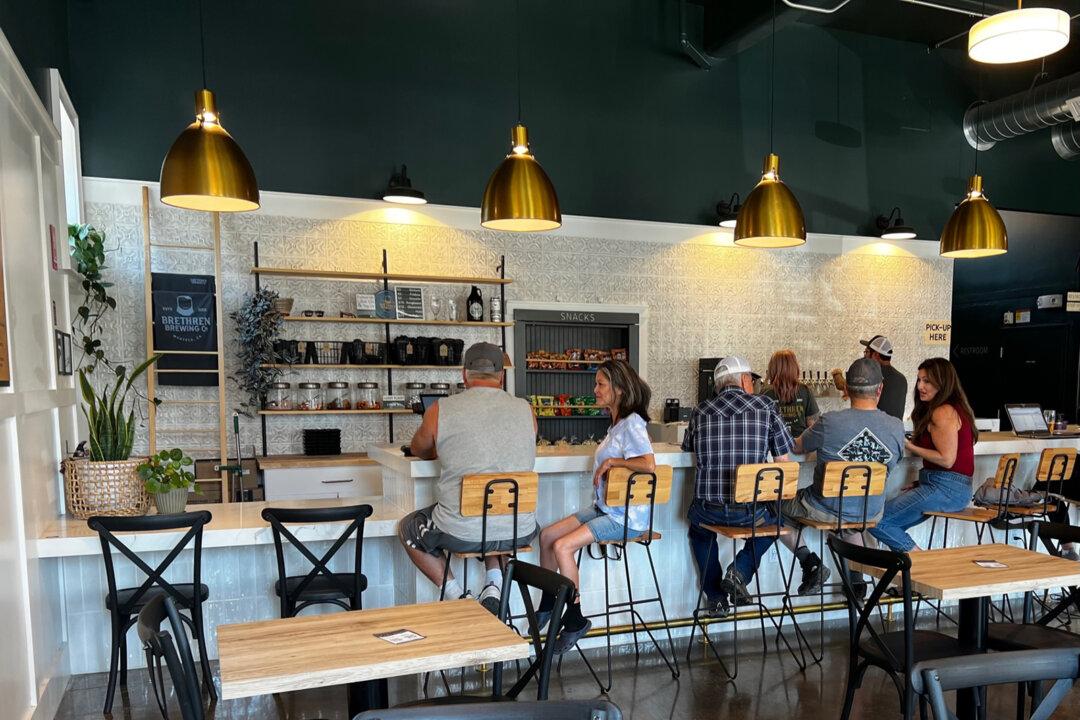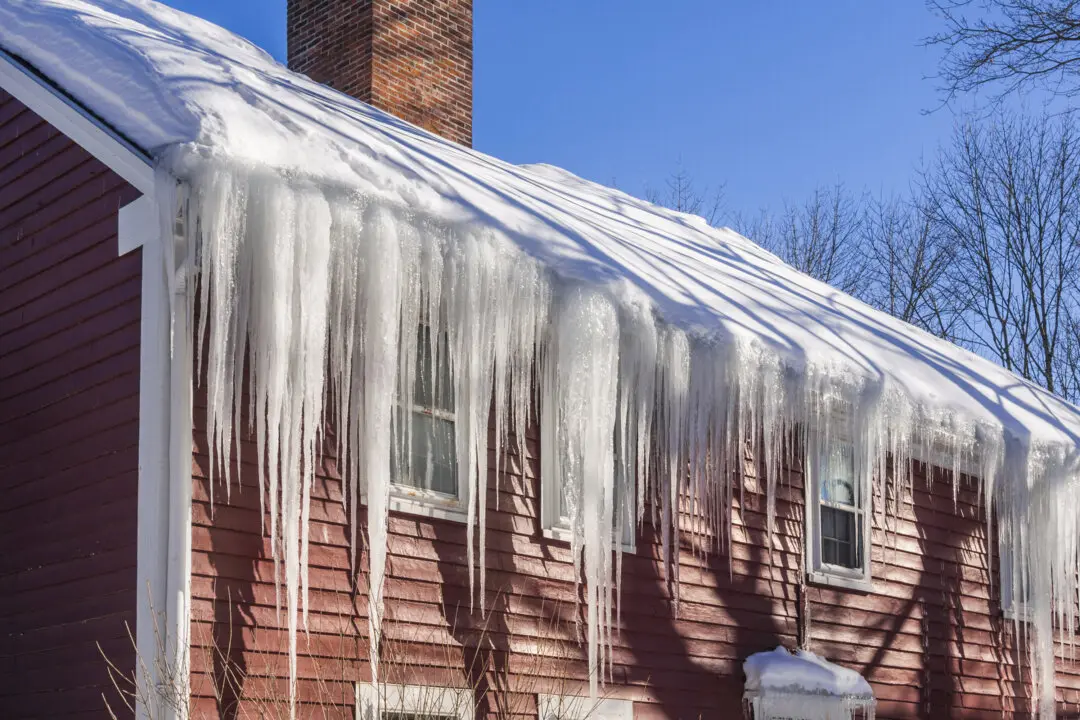Manteca—Ever take a sip of an IPA and wonder, “How in the world was this glass of hoppy goodness created?”
We went to Brethren Brewing Company, a new craft brewery in Manteca, to learn what constitutes a craft beer, and how they are made. Owner Daniel Machado opened the spot in January, along with five founding board members who share a love of beer and God.
“It was a bunch of guys who said, ‘Hey, let’s try making this beer stuff,’” Machado said in a video on the company’s website. “’What if you could have a genuine conversation about church over a couple pints?’”
They took us behind the scenes to show us how it’s done. Here’s what we found out:
What Makes a Craft Beer ‘Craft’
If you ask Brethren’s head brewer, Kevin Whitehouse, he would say a craft beer is made with love.
“How I would define it would be a couple things: Your love of what you’re creating and then how involved you are with the process,” he said.
Whitehouse does his entire brew process manually.
“There’s no automated anything to stir it or grind it, it’s all me,” he said. “For me, craft would be a connection with your product as opposed to a bigger beer manufacturer who has just profit and market space.”
Officially, though, the definition is set by the Brewers Association. The association defines a craft brewer as small and independent, making 6 million barrels (31 gallons each) or less of beer per year.
Craft brewers and beers also may have some of these qualities, according to the association’s website:






